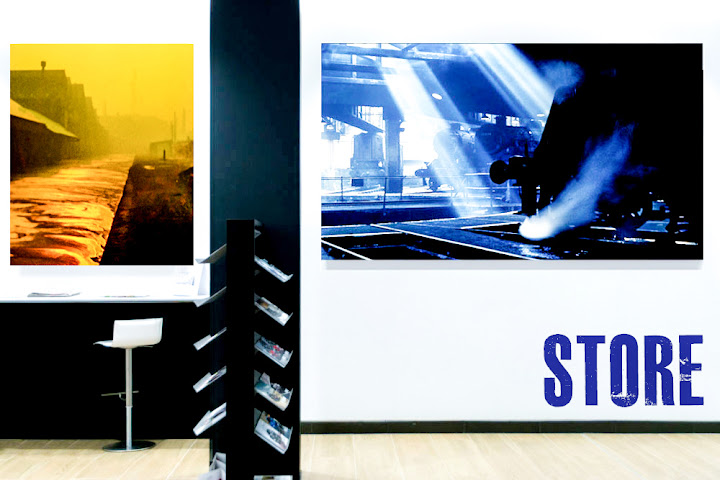Pieff | Futuristic Furniture Made by Black Country Craftsman
High-end British furniture
Advertising Photography & Graphic Design by Peter Donnelly
Production Facilities Ltd (PFL) was formed by father and son Fred and David Bates in 1954. Based in Lye in the West Midlands, the company mostly manufactured canteen furniture.
Tim Bates, younger brother to David, joined the company in 1966 and began designing luxury furniture. His first collection was launched at the DECOR contract furniture exhibition at Olympia in May 1970 and the company changed its name to Pieff Furniture.
Pieff was the must have name in high-end British furniture during the 1970’s. It described itself at the time as: "Luxury furniture of the late 20th Century, characterised by its original design, flowing lines and usual blending of striking materials. Now used loosely to describe any design which is ahead of its time”.
Tim Bates and his family designed and manufactured some of the most cutting edge, British made, modern pieces. Pieff designs had a touch of Hollywood regency and were made using the most glamorous materials.
The trademark offering was furniture crafted from mirrored chrome, Brazilian Rosewood, high quality leather and Pirelli webbing.
With a reputation for excellence and seen as fairly exclusive, Pieff Furniture was sold through Harrods, Heals and other high-end furniture stores.
Unfortunately, the company went into receivership during the height of the industrial recession in May 1983 and the name and goodwill were sold to PEL (Practical Equipment Ltd) of Oldbury.
Much of this information has been kindly supplied by the Bates family who have also created a Pieff Archive website. To find out more about the history of Pieff Furniture from 1953 to 1983, please click on this link.
Read more about Birmingham & Black Country Advertising
























Comments
Post a Comment